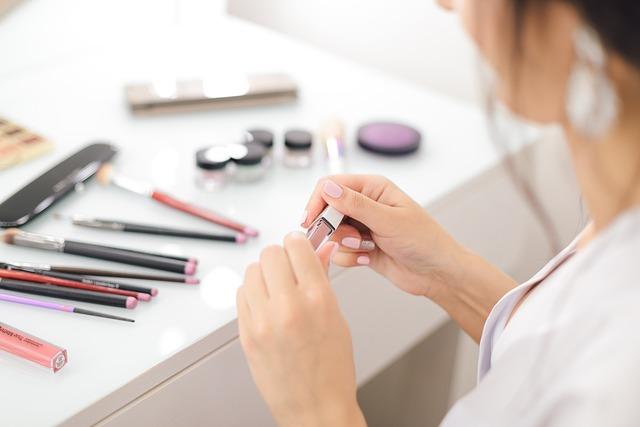In a world where convenience often trumps conscience, the allure of makeup wipes is undeniable—swipe, toss, and voilà, the day’s canvas wiped clean. Yet, beneath their glossy packaging and promises of ease, lurk the untold truths that beauty brands would rather you ignore. Imagine trading your skin’s future for a fleeting moment of convenience. It’s time to peel back the layers and discover why these seemingly innocent wipes might be doing more harm than good. In this revealing exposé, we unravel the hidden impact of makeup wipes on your skin, your wallet, and the planet, urging you to rethink your beauty routine. Welcome to the awakening—where the quest for true beauty begins with a single, confident choice to stop using makeup wipes immediately.
The Hidden Harm: Unveiling the Environmental Impact of Makeup Wipes
While makeup wipes offer a quick and convenient solution for removing makeup, their environmental impact is far from insignificant. These seemingly harmless wipes are predominantly made from non-biodegradable materials such as polyester and polypropylene, which contribute to the ever-growing problem of plastic pollution. Every year, millions of makeup wipes end up in landfills, taking hundreds of years to decompose. Not only do they contribute to the vast amounts of waste, but their manufacturing process also involves the use of harmful chemicals and excessive water resources, further aggravating environmental degradation.
- Non-biodegradable materials: Makeup wipes are mostly composed of synthetic fibers, which are resistant to breaking down naturally.
- Water pollution: When flushed, these wipes can cause blockages in sewage systems and contribute to waterway pollution, harming aquatic life.
- Resource-intensive production: The production of wipes consumes significant energy and water, alongside emitting greenhouse gases.
By opting for more sustainable alternatives like reusable cloths or eco-friendly cleansing products, you can significantly reduce your environmental footprint and contribute to a healthier planet.

A Closer Look at Your Skin: How Makeup Wipes are Sabotaging Your Complexion
Many people are unaware that the convenience of makeup wipes comes with a hidden cost to your skin’s health. Makeup wipes often contain harsh chemicals that can strip away the skin’s natural oils, leading to dryness and irritation. Over time, this can compromise the skin barrier, leaving your complexion vulnerable to environmental stressors. The result? Dullness, breakouts, and even premature aging.
- Residue Build-Up: Wipes may not effectively remove all makeup and impurities, leading to clogged pores.
- Excessive Friction: The act of wiping can cause micro-tears in the skin, especially around the delicate eye area.
- Environmental Impact: Most wipes are not biodegradable, contributing to landfill waste.
Incorporating a more thorough cleansing routine with a gentle cleanser and water can help maintain your skin’s natural balance. This simple change not only nurtures your complexion but also promotes a more sustainable beauty regimen.

Switching to Sustainable: Expert-Approved Alternatives for a Healthier Routine
Many beauty enthusiasts are making the switch from conventional makeup wipes to more sustainable options, championed by experts for their eco-friendly impact and skin benefits. Makeup wipes, often composed of non-biodegradable materials, contribute significantly to environmental waste. Moreover, their abrasive nature can strip your skin of its natural oils, leading to irritation and dryness. Embracing alternatives not only helps reduce waste but also enhances your skincare routine.
- Reusable Makeup Pads: These pads, often made from organic cotton or bamboo, are gentle on the skin and can be washed and reused multiple times.
- Cleansing Oils: Perfect for dissolving makeup effortlessly while maintaining the skin’s moisture barrier.
- Micellar Water: A no-rinse option that lifts away makeup and impurities without the need for harsh rubbing.
- Cleansing Balms: Their rich, nourishing texture is ideal for breaking down makeup while keeping skin hydrated.
Switching to these alternatives not only promotes a healthier complexion but also supports a more sustainable beauty routine. Prioritizing eco-friendly choices is a simple yet impactful way to contribute positively to the environment while caring for your skin.



